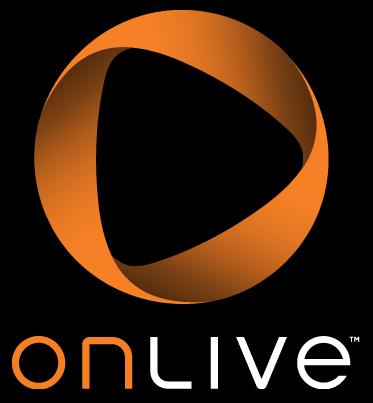 There’s a sweet, sweet buzz in the air this week with the unveiling of OnLive, a start-up computer game service that’s inspiring eerie prophecies on the demise of the console and the subsequent rebirth of PC gaming.
There’s a sweet, sweet buzz in the air this week with the unveiling of OnLive, a start-up computer game service that’s inspiring eerie prophecies on the demise of the console and the subsequent rebirth of PC gaming.
It’s a tall order, and I love being a skeptic, but we’ll get to that later. First, let’s talk about the concept.
To use an appropriate buzzword, OnLive is cloud gaming. Instead of relying on $5,000 water-cooled PC rigs with alphabet soup specs, OnLive handles all the processing on its own servers. Thanks to once-impossible compression methods, the data comes to the player over the Internet, allowing even $400 netbooks to play Crysis.
OnLive plans to demonstrate 16 games this week, but some reporters, such as Dean Takahashi at VentureBeat, have already watched a preview, and they like what they see. In addition to smooth gaming, OnLive offers player-friendly features such as voice chat and video sharing. With a small device, televisions can run the games in standard definition or 720p high definition.
Game publishers like the idea because it takes the focus off individual consoles and emphasizes the games instead. The possibility of cutting Gamestop out of the equation couldn’t hurt, either, as it puts more money into publisher’s pockets and less into the used game business. Electronic Arts, Take-Two Interactive, Atari, THQ, Codemasters, Eidos, Warner Bros., Epic Games and Ubisoft have already signed distribution deals.
With all this in mind, here’s my counterargument to the prophecies:
It seems like OnLive has all the bases covered, but if there’s one serious vulnerability, it’s what we don’t know. The service will be offered as a monthly subscription — presumably, it has to be done this way to pay for server upkeep — but there’s no word yet on pricing or service plans. Obviously that information would be premature now, but eventually OnLive will have to figure out how to attract enough monthly payments to stay viable as a business.
A little rough math shows that a new console every five years and three new games per year (that’s basically the consumption rate we’ve seen in the latest generation, according to Gamasutra) works out to roughly $22 per month, but the actual number depends on the individual player. To truly disrupt that model, I wonder what price OnLive will have to offer and whether it can afford to do so.
I’m not saying the service has no chance of obliterating the existing games industry, but we can’t rule out peaceful coexistence just yet.
 OnLive still has a lot of kinks to work out with its cloud gaming service and MicroConsole set-top box, but they’re easier to overlook when you can have unlimited gaming for $10 per month.
OnLive still has a lot of kinks to work out with its cloud gaming service and MicroConsole set-top box, but they’re easier to overlook when you can have unlimited gaming for $10 per month.

 Streaming is not just a delivery method for media, it’s a business model, but I don’t think OnLive realizes that.
Streaming is not just a delivery method for media, it’s a business model, but I don’t think OnLive realizes that.
 When OnLive revealed its plans last week for a streaming computer game service, it was hard to pick out the criticism with all the buzz in the air. Admittedly, I didn’t bother to question the service’s technical feasibility (I’m still fixated on
When OnLive revealed its plans last week for a streaming computer game service, it was hard to pick out the criticism with all the buzz in the air. Admittedly, I didn’t bother to question the service’s technical feasibility (I’m still fixated on